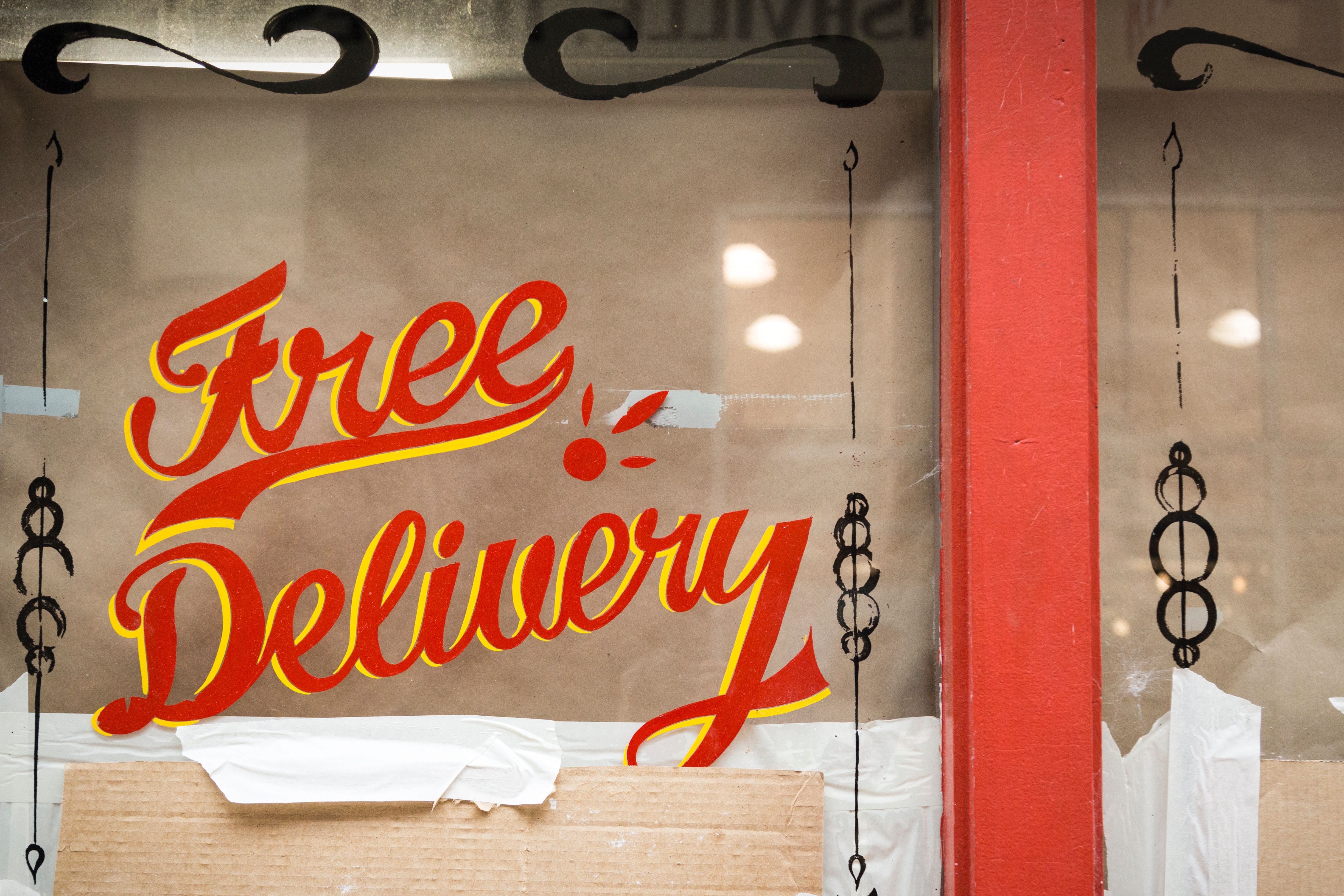The food delivery company has 8.5 million potential customers.
The food boom at home was booming in 2013 when Will Shu and Greg Orlowski decided to launch the Deliveroo platform in London. The idea was perfect for those restaurants that did not have a delivery service, because the company was in charge of facilitating delivery people, who picked up the orders by bicycle or motorcycle to deliver them to the customer. Five years later, Deliveroo has expanded its business model to more than 200 cities in 12 countries in Europe, Asia and Australia. It employs more than 2,000 people, collaborates with more than 30,000 delivery people and works with more than 30,000 restaurants around the world.
In this five years, Deliveroo has positioned itself as one of the big companies in the food distribution sector, a market that still has a lot of space to keep growing. In fact, according to a report by UBS, home delivery will total 20 billion dollars in 2030, representing an annual growth of more than 20%, from the current 35,000 million dollars. In some countries, such as South Korea, Japan, the United Kingdom or Germany, food distribution already accounts for more than 10% of the total restaurant business. In Spain it still stands at 4%, “which undoubtedly shows a significant growth margin,” they say from the company.
The first Deliveroo delivery drivers strike occurred in August 2016 in London
In addition to the sector’s own boom, Deliveroo’s success has been very much based on financial impulses. With a valuation of 1,700 million euros, it is the fastest growing technology company in the United Kingdom and one of the biggest technological success stories in Europe.
The first injections of capital came in 2014, when Deliveroo raised 4.5 million dollars in an investment round led by Index Ventures and Hoxton Ventures. In 2015, the almost newborn company launched three rounds of financing in which it managed to attract a total of 195 million dollars, which allowed it to increase its pace of international expansion and reach countries such as Spain, where it landed at the end of 2015.
His case continued to expand thanks to a new round of financing in August 2016, when he raised $ 275 million from the Bridgepoint investment fund. The last financial impulse, which granted the P & L company the valuation of 1,900 million dollars, took place in November 2017, when Deliveroo raised 483 million dollars in new funds.
The positive side
The delivery company presumes to be an important element in the economy of restaurants. According to figures from the Delivering to the Global Economy report, conducted by Capital Economics, Deliveroo contributes 879 million euros of gross added value in the twelve countries in which it operates, and until June 2017, approximately 747 million euros were generated in restaurant sales. associates
In addition, Deliveroo describes itself as an important element that “contributes to boost the activity of the entire value chain of restaurants.” As a result of the company’s operations last year, “the restaurant industry has created around 13,300 additional jobs.”
In Spain, the company claims to have generated 17 million euros in revenue for restaurants
The British company states that, “in addition to enhancing its visibility, it increases the billing of restaurants, which can take advantage of the excess capacity of their kitchens.” This means increases of up to 30% in the income of the restaurants with which it collaborates. In this way, they access new sources of income, by covering the home delivery segment without the need to have their own delivery fleet. ”
As for the delivery drivers, Deliveroo explains that “it contributes to hundreds of people having alternatives to complete their income.” Many of the riders are young people who see in Deliveroo a formula to obtain additional income compatible with their studies or, in the case of autonomous, with its relationship with other companies. “In recent months, we have updated the collaboration agreement with riders, introducing new types of contract to help them get more income while maintaining work flexibility, a feature of this work model valued as very positive for 80% of them, “they say.
The negative side
Things started to go wrong for Deliveroo in August 2016. The distributors in London, where there are more than 3,000, started a strike to protest the working conditions that the company wanted to impose. After six days of unemployment and the intervention of the British Government, Deliveroo ended up reversing his plans.
Since then, the protests of the workers and the controversy have accompanied the British company. In Spain, the last blow to the company was handled by the Labor Inspectorate, who forced him last July to pay 1.3 million euros for considering his workers to be false in Barcelona.
To calm the waters, Deliveroo has begun this month to include in its platform restaurants with its own fleet of delivery drivers, which is a major threat to companies competing in this type of services, such as Just Eat.
Spain, an important market
After arriving in Spain in November 2015, its expansion throughout the territory has not stopped. Currently, according to figures from the company, it offers service to 8.5 million potential customers and collaborates with more than 2,000 restaurants and 1,000 riders or delivery drivers. It is present in 20 municipalities in Madrid, Barcelona, Valencia, Zaragoza, Alicante, A Coruña, Seville, Malaga, Granada and Bilbao, that is, 10 provincial capitals and 10 localities of its metropolitan area.
According to the report of Capital Economics, Deliveroo has contributed to the Spanish economy with the generation of 27 million euros between June 2016 and June 2017, and two million euros via Company Tax. In addition, 17 million euros have been generated in revenues between restaurants and more than 1,600 people have been employed among company employees, riders and workers in the catering sector.
Will the controversy with Deliveroo? Or will the company get the bump?

